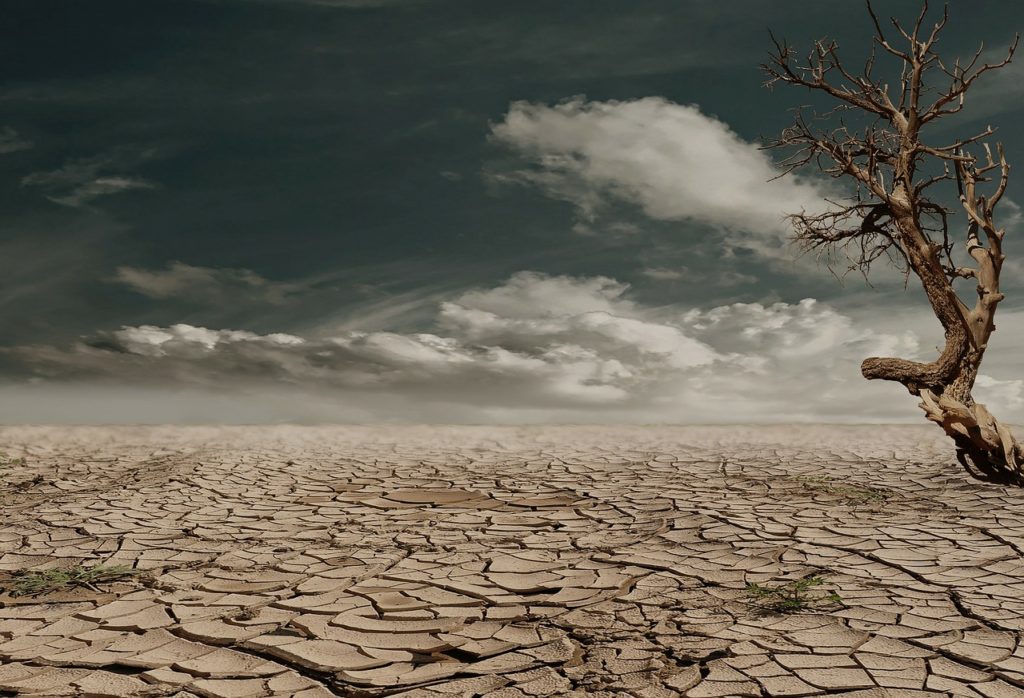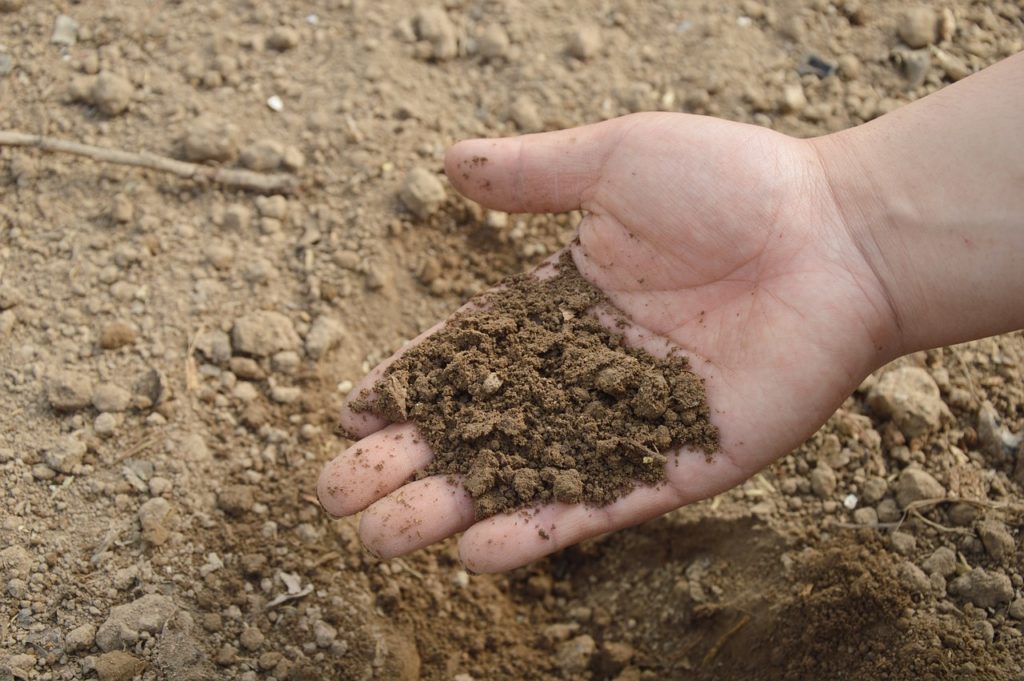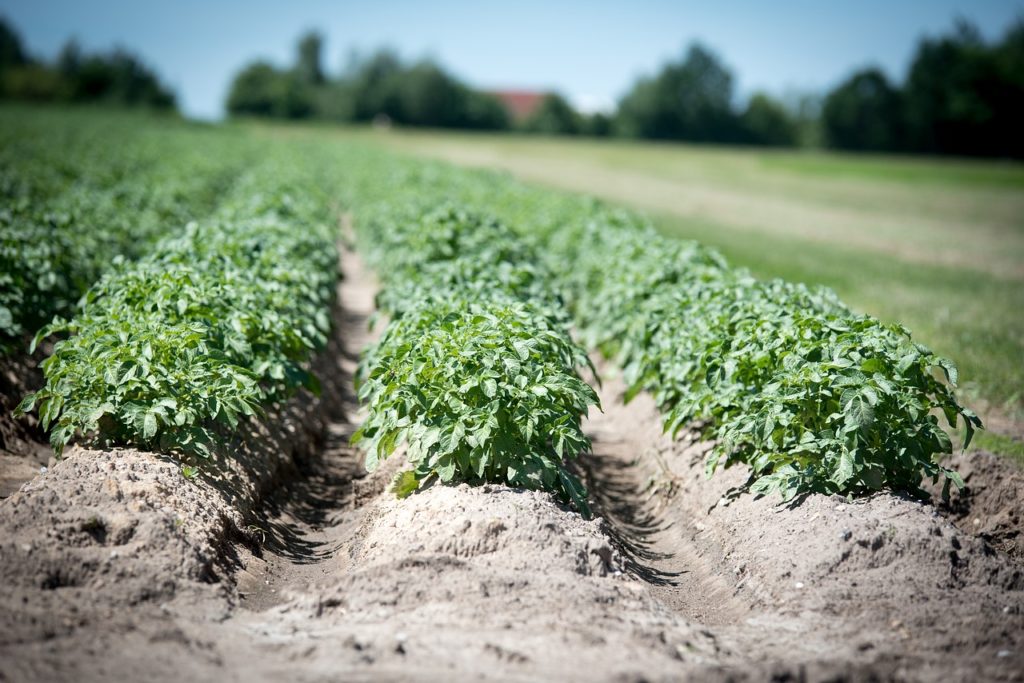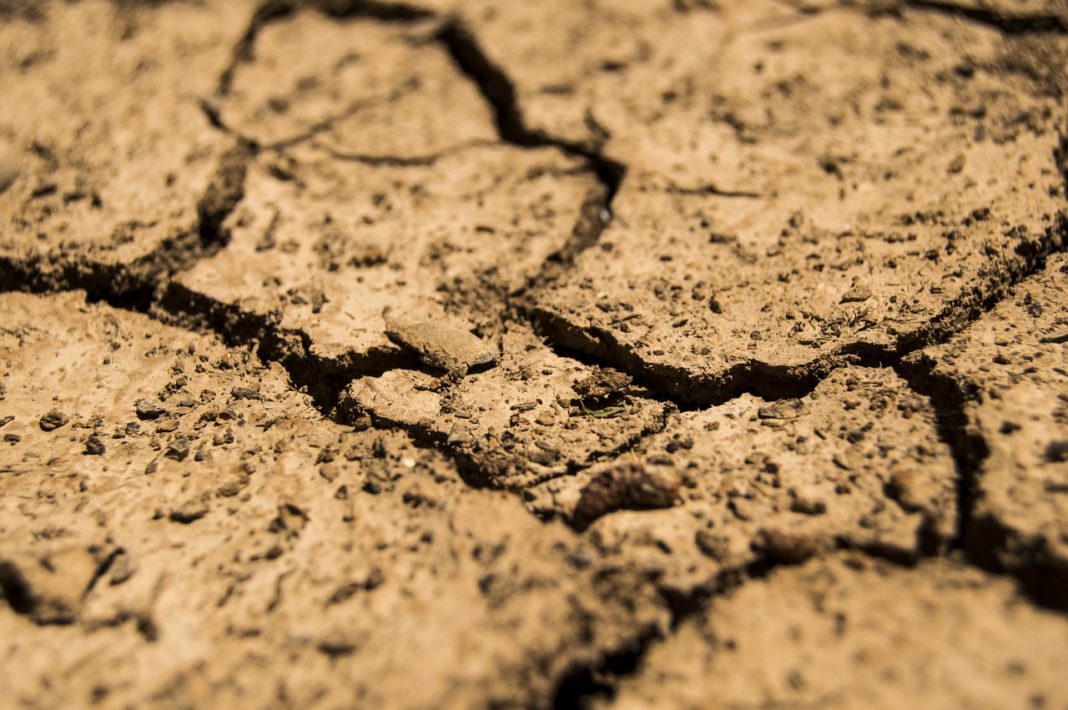According to World Wildlife Fund (WWF), agriculture accounts for over one billion jobs across the globe and generates more than $1.3 trillion worth of food annually (1). The organization further reckons that pasture and cropland collectively make up over 50 percent of the world’s total habitable land thereupon qualifying agriculture as one of the largest industries in the world.
Of course, its connection with the global economy underlines its significance, but the resultant land degradation and pollution now pose serious threats to humanity than ever before. The magnitude of these and more other environmental issues renders the topic worth exploring as world leaders and scientists seek tangible measures to avert further damages.

Environmental Issues
Evidently, sustainable agriculture remains an elusive dream for many countries. In this regard, agricultural operations – both industrial and contemporary – and other unsustainable land uses have had deleterious impacts on the environment. Consuming an average of 70 percent of the global freshwater resources and supplies, which many environmentalists consider wasteful, agriculture is one of the major causes of pollution and degradation of water resources especially through chemical runoff and erosion (2). Irrigation and excessive application of fertilizers and manure on cultivated cropland result in leaching and nutrient runoff, especially phosphorus and nitrogen, which are major causes of nonpoint source (NPS) pollution. The consequent eutrophication i.e., the excessive nutrients in marine and freshwater ecosystems cause toxicity, fish kills, and loss of biodiversity. Besides, the chemicals contaminate the water thereupon rendering it unsafe for human consumption.
Substantial ecosystem disruption and habitat loss is largely attributed to land conversion. In fact, it is estimated that 24 percent of land has been experiencing cumulative degradation and long-term decline in agronomic productivity over the last 25 years, with cultivated cropland overrepresented (3). It is noteworthy that land degradation can also be in form of desertification, waterlogging, soil salinization, soil erosion, deforestation, and acidification.

Climate change is another paramount sustainability issue that has taken center stage in the global warming discourse. Environmentalists contend that many farming practices have left a prodigious carbon footprint with anthropogenic greenhouse gas (GHG) emissions from the land sector accounting for nearly one-third of global emissions (4). In this regard, clearing land for farming, deforestation, the use of gasoline-powered farm machinery, and excessive application of fertilizers and synthetic pesticides all lead to the accumulation of CO2, N2O, and CH4 gases in the atmosphere. Other minor contributors to GHG emissions include overstocking – which results in enteric fermentation – rice cultivation, manure management as well as crop residue burning.
Conclusion
To a great extent, industrial agriculture not only damages the environment but also threatens ecosystems and species (through genetic erosion) and human health even more so. However, there has emerged a causal relationship between agriculture and global warming. In this regard, the former has accelerated the rate of climate change, which, in turn, has gradually shifted cultivation zones towards the poles and lowered agronomic productivity amid the rising demand for food. There is need to embrace organic agriculture and other eco-friendly farming methods to inhibit climate change and reverse the trends of degradation of land and pollution of water resources, ecosystem disruption, and the escalating effects of climate change among other environmental issues.

Notes:
- “Sustainable Agriculture,” World Wildlife Fund (WWF), accessed March 24, 2016 (http://www.worldwildlife.org/industries/sustainable-agriculture)
- “Chapter 1: Introduction to Agricultural Water Pollution,” Food and Agriculture Organization (FAO), accessed March 24, 2016, http://www.fao.org/docrep/w2598e/w2598e04.htm#non point source pollution defined
- Zhanguo G Bai, David L Dent, Lennart Olsson, and Schaepman M. E., “Global assessment of land degradation and improvement 1: Identification by remote sensing,” Report 2008/01, FAO/ISRIC-Rome/Wageningen (2008): 28.
- United States Department of State. United States Environmental Protection Agency (EPA). United States Climate Action Report 2014, CAR 2014 (Washington, D.C.: United States Department of State, 2014), 24.















